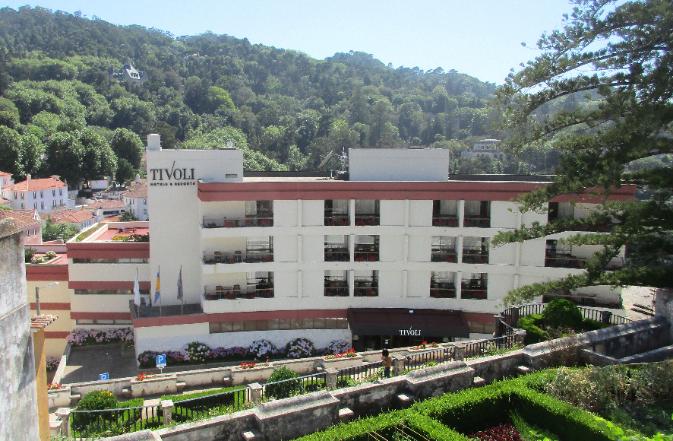
Where We Be
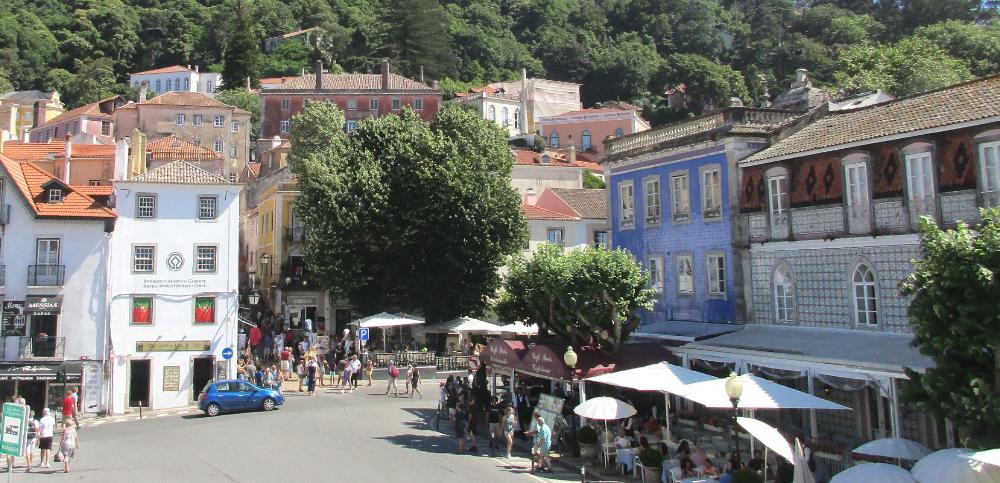
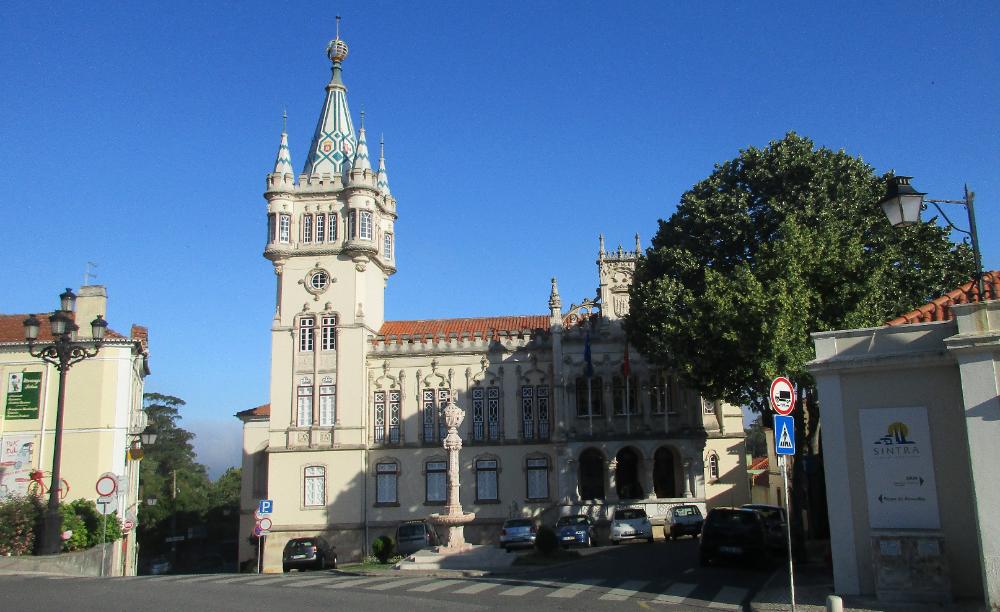
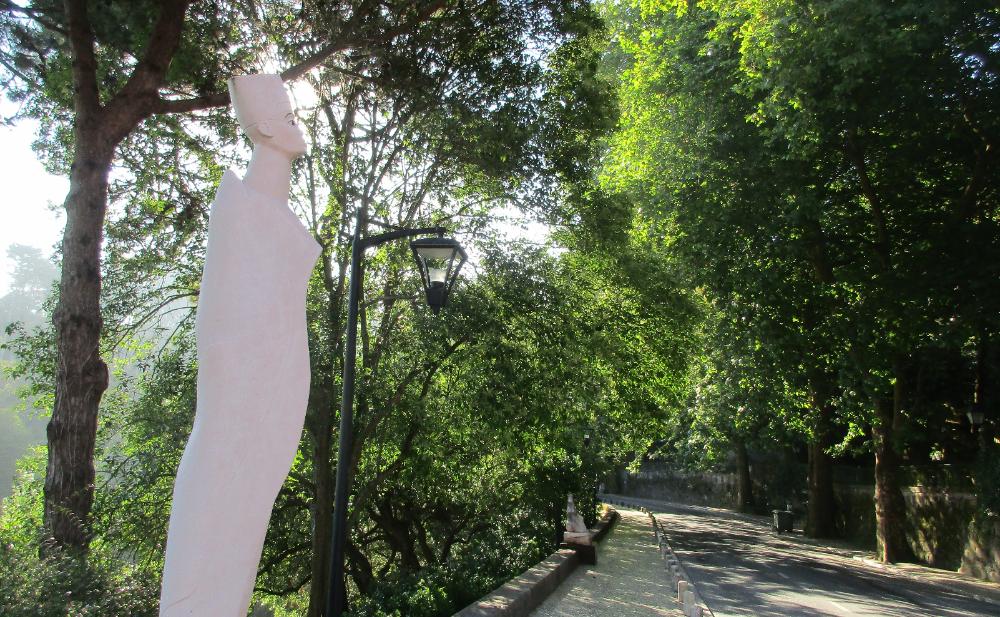
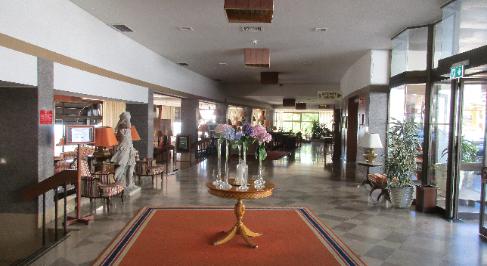
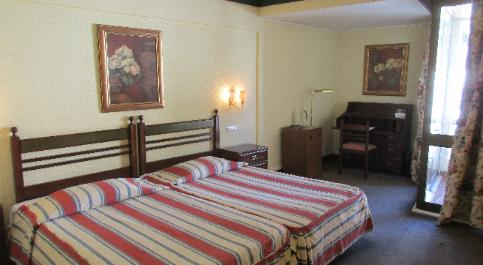
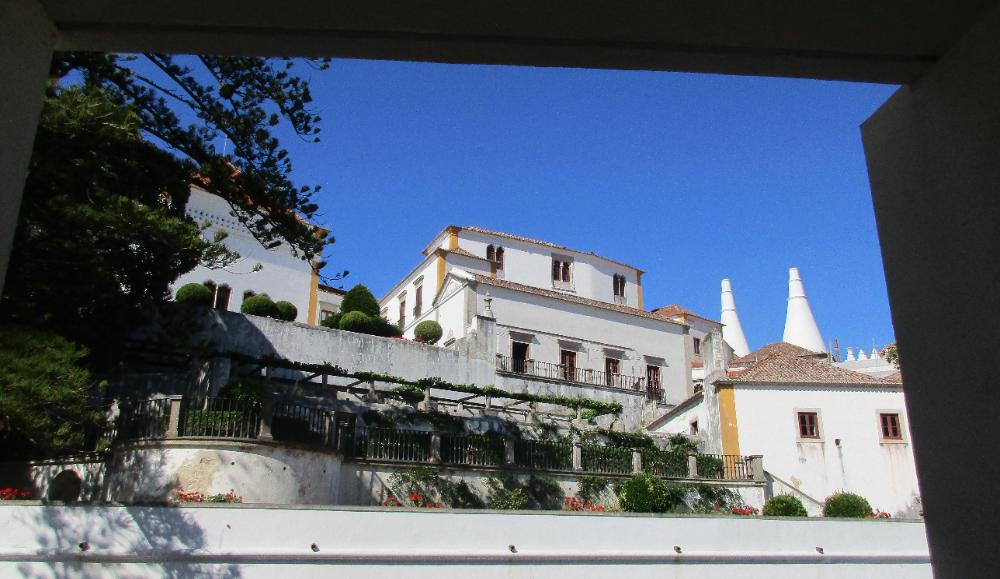
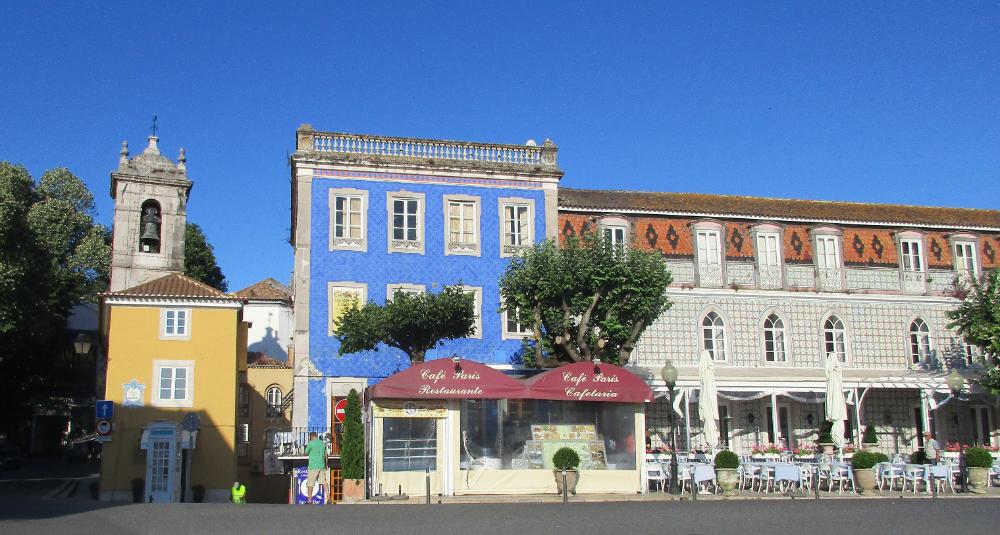
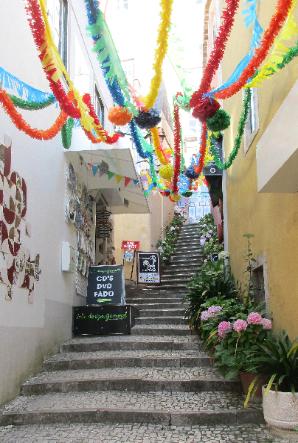
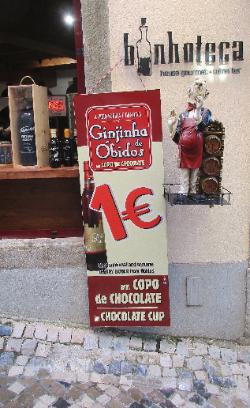
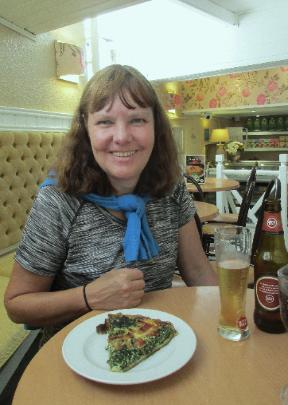
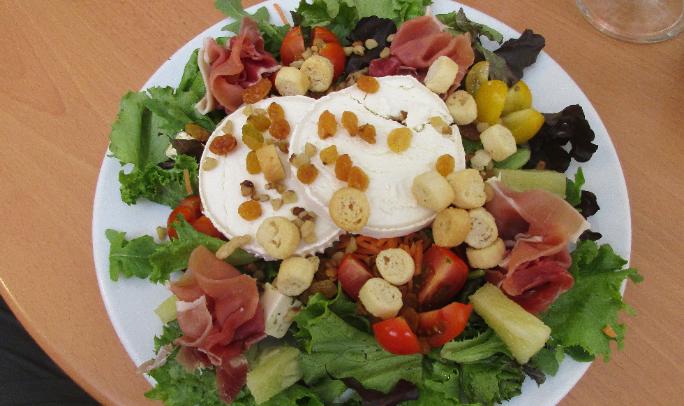
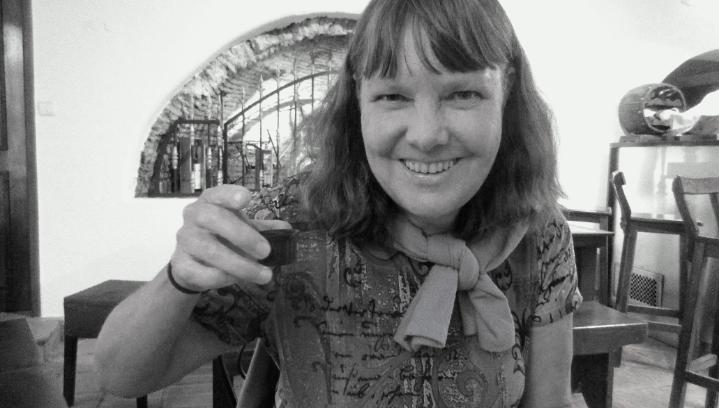
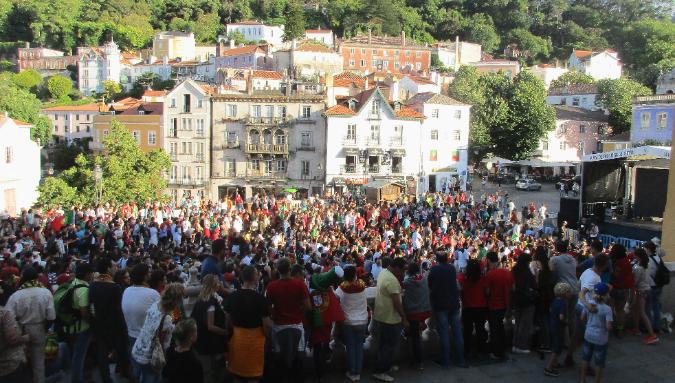
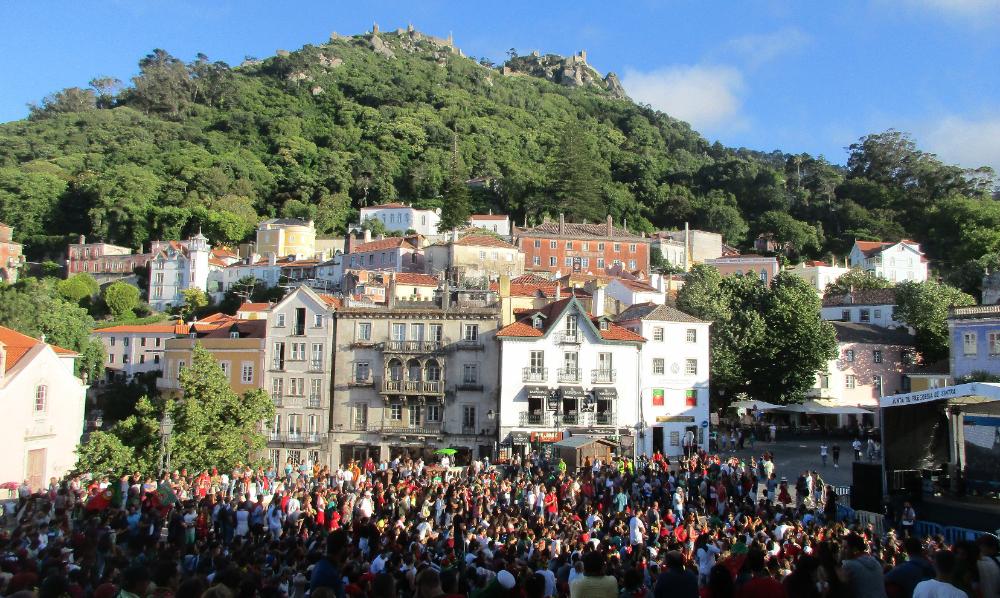
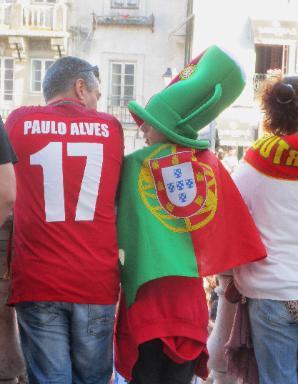
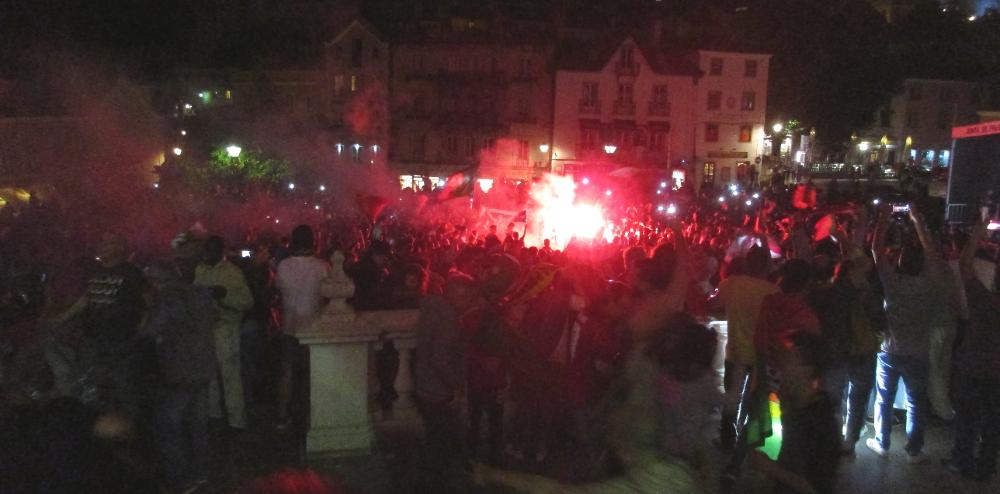
| Sintra, Portugal |
Sintra was the slightly cooler summer sanctuary
of Portuguese royalty from the early 15th to the
late 19th centuries. Centuries of royal presence
here help explain all the castles and palaces in
such a small town. Most of the best known
were built in the late 1800s in a Romantic style
that still makes them highly appealing today.
Situated in the foothills, the town's abundance
of historic sights, natural beauty, and proximity
to Lisbon (less than an hour west by train) all
combine to make it Portugal's "tourist central."
We spent five days here and barely had time to
see all there is to see. Some folks pop over on
a day trip from Lisbon, rushing through as many
sights as they can see in a day, but we think the
place deserves better than that. If you have a
few days to spare, we suggest buying a Sintra
combo ticket for about €40, granting entry to
sites such as the National Palace, Pena Palace,
Castle of the Moors, and Monseratte Palace.
(Quinta da Regaleira is an extra €6 but worth it.)
of Portuguese royalty from the early 15th to the
late 19th centuries. Centuries of royal presence
here help explain all the castles and palaces in
such a small town. Most of the best known
were built in the late 1800s in a Romantic style
that still makes them highly appealing today.
Situated in the foothills, the town's abundance
of historic sights, natural beauty, and proximity
to Lisbon (less than an hour west by train) all
combine to make it Portugal's "tourist central."
We spent five days here and barely had time to
see all there is to see. Some folks pop over on
a day trip from Lisbon, rushing through as many
sights as they can see in a day, but we think the
place deserves better than that. If you have a
few days to spare, we suggest buying a Sintra
combo ticket for about €40, granting entry to
sites such as the National Palace, Pena Palace,
Castle of the Moors, and Monseratte Palace.
(Quinta da Regaleira is an extra €6 but worth it.)
| Sintra packs a lot of punch with its spectacularly situated palaces and castles. This is the view of town from the terrace of the National Palace. |
| This is the bustling heart of town near the central plaza, with shops and restaurants galore |
| Believe it or not this is Sintra's town hall. It's located close to the train station in Nova Sintra (new Sintra). Tip: you can stay and eat more cheaply in the newer part of Sintra near the station, and the only grocery store in town (called Pingo Doce) is also hidden away nearby. |
| When you first arrive at Sintra train station, it's about a mile to the town center. We chose to walk, and it's quite a pleasant walk, past statues like this and with fine views across the valley of the National Palace. |
| Same with this highly popular shopping street, caught at a rare quiet moment |
| We paid a bit more than usual to stay at the Tivoili Sintra ($75 per night on a discount) because we really liked its central location |
| From our balcony we could see the two conical towers of the National Palace. The buildings straight ahead are also part of the palace. |
| The lovely Cafe Paris just off the central plaza is quiet at this early hour but busy most of the day and evening |
| Its popularity makes Sintra expensive compared to other towns in Portugal, but you still get a lot for your money compared to other European destinations |
| Don't miss the chance to try Ginjinha de Obidos, a local Portuguese liqueur -- like a cherry cordial in a chocolate cup where you get to eat the cup |
| We happened to be in town during Euro Cup 2016. Huge crowds gathered on the main plaza to watch the final soccer match between underdog Portugal and host team France. |
| By the time we got to the plaza it was so packed the best we could do was the patio of the National Palace. That's the Castle of the Moors high above town. |
| When Portugal scored a goal in the last few minutes of overtime and won the match, pandemonium ensued! It was the first time Portugal ever won the Euro Cup, and the celebrations went on all night. |
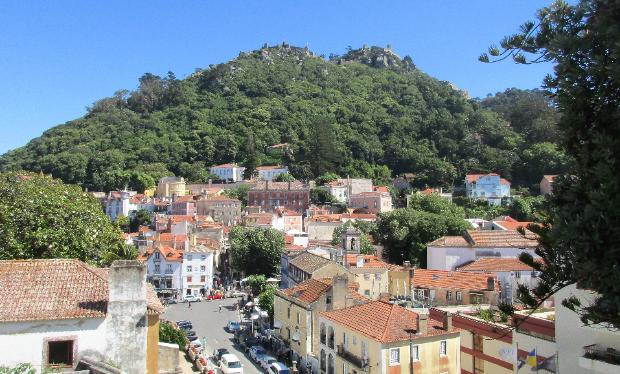
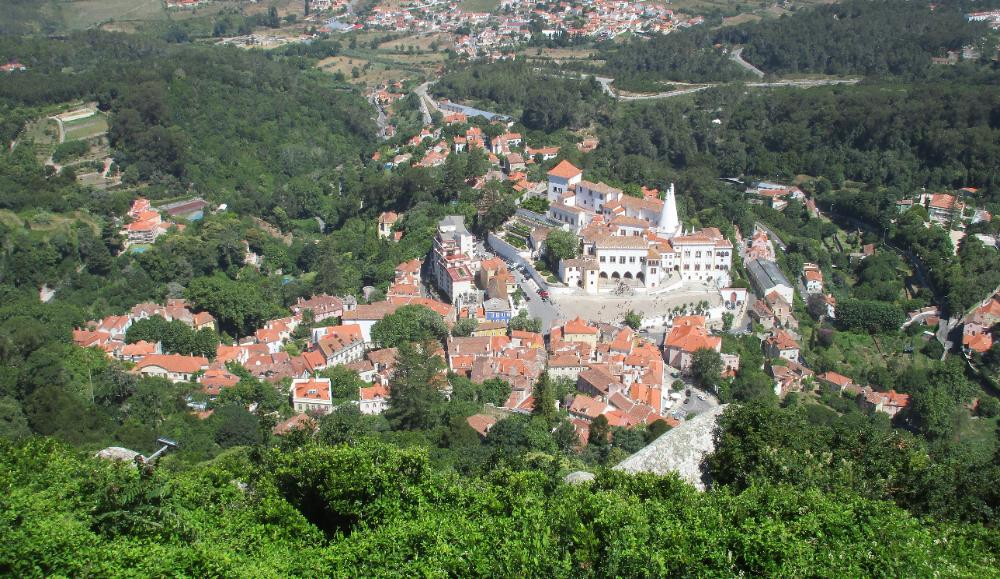
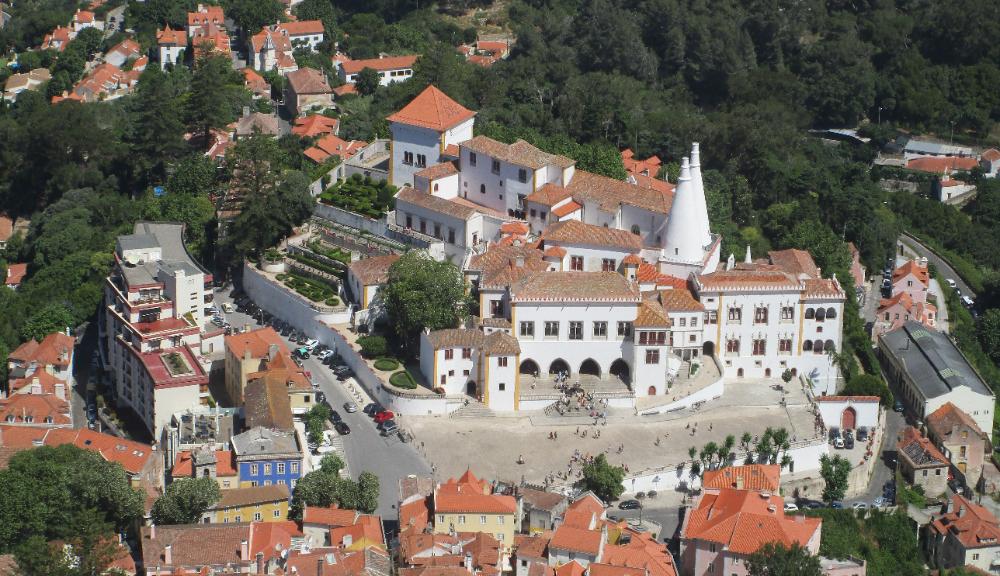
| Zooming in a little, you can clearly see the conical towers of the National Palace and the town's long central plaza. The "vertical aspect" of Sintra is one of the things that make it special, with castles and palaces often located high up above town, offering extraodrdinary views. |
| This "aerial photo," taken from the Castle of the Moors, shows the town's historic center surrounded by green hills |
| We stayed at the Tivoli Sintra, located directly adjacent to the National Palace. This photo was taken from the palace's terrace. |
